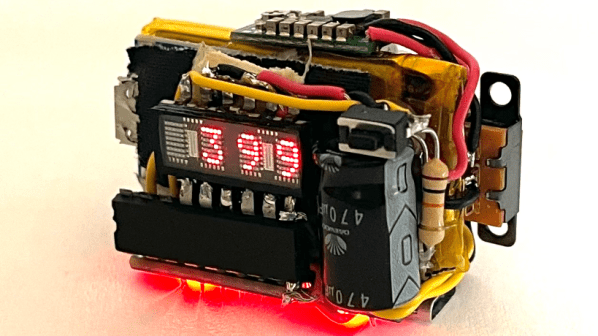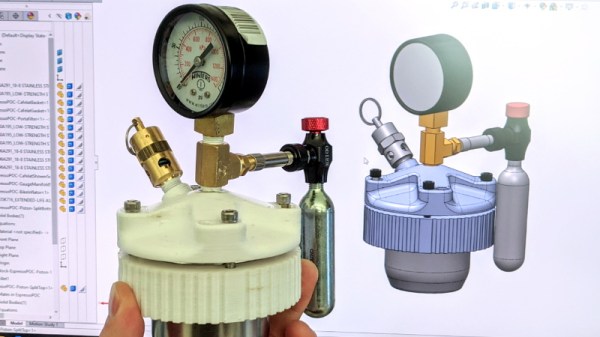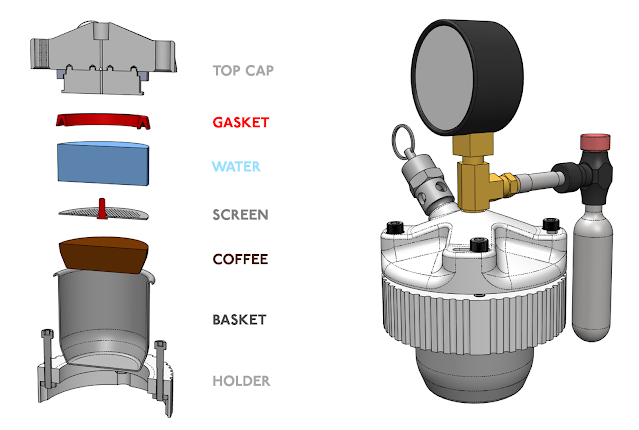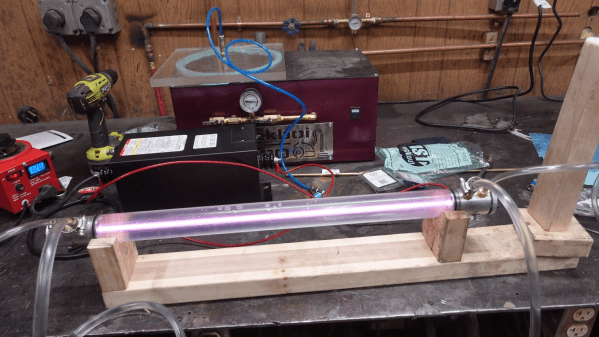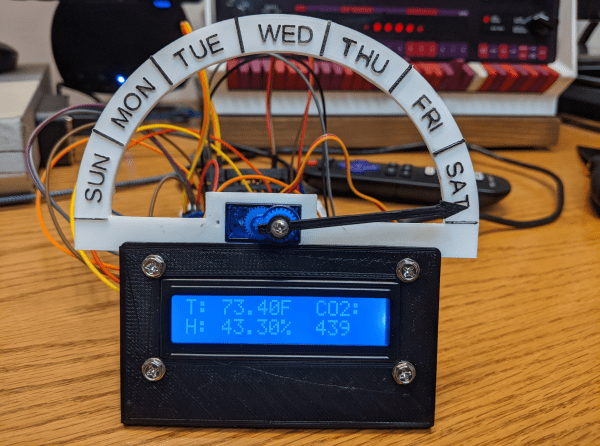Sodastream machines are popular amongst people who like to make their own seltzer water at home. However, replenishing the tiny gas canisters is expensive and wasteful. [Becky] decided to upgrade her machine to avoid this problem, and added some smarts while she was at it.
The simple part of the hack is using an adapter to connect the Sodastream apparatus to a 50 lb CO2 tank from the welding store. This is easy enough, and just uses a off the shelf adapter. Using welding-grade gas in your drinking water is probably a really bad idea, but [Becky] was willing to take the nisk.
However, safety was given due attention in that a CO2 monitor was installed to make [Becky] aware of any dangerous leaks. The tank is also placed on a custom scale built with load cells and an ESP8266, which allows monitoring of how much gas is left. [Becky] notes that at her rate of drinking one bottle a day, the tank should last her a full 7 years or so.
The project brings costs down to 18 cents per liter of seltzer, versus 38 cents for the Sodastream gas supply. It’s likely that the Sodastream prices could still be beat even if a food-safe CO2 source was used. Plus, there’s no need to regularly buy new bottles!
Overall, it’s a great project and one that recalls us of continuous-ink printer hacks. Video after the break.
Continue reading “Hack Your Sodastream With A Giant CO2 Canister”



